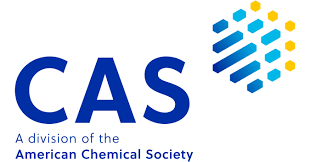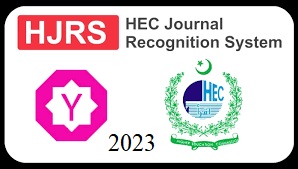Characterization and stability analysis of metformin HCl microcapsules formulated by complex coacervation technique
DOI:
https://doi.org/10.56770/jcp.2023711Keywords:
Metformin hydrochloride, Complex coacervation, Double emulsion, Sodium AlginateAbstract
Objective: Metformin hydrochloride possesses a shorter sort of biological half-life of 1.5–1.6 h with having the absolute type of bioavailability that ranges between 50-60%, the moment it is administered orally. Reduced GIT disturbances and low bioavailability can be optimized by developing microencapsulation of metformin that could prove beneficial. Method: Paraffin oil had been used in obtaining specific types of primary emulsions, whereas the material that was used in the coating of microencapsulation had been identified as sodium alginate. In the process of complex coacervation, a substance known as Tween 20 was used as a surfactant in enhancing the stability of W/O/W double emulsion. Five different formulations with different concentrations of sodium alginate were tested. Result: Metformin's microencapsulation inside certain types of optimized atmosphere tends to ensure the specific size of 1 μm of microcapsules in a combined form, and encapsulation efficiency reaches up to 84%. FTIR measurements have been used to determine the interaction between drug and polymer. The qualitative analysis result from FTIR ensures that the quality and effectiveness of the drug have been preserved. A calibration curve was used to estimate drug conc. from dissolution samples and kinetic analysis demonstrated anomalous release pattern. The test for drug content yielded ˃95% of concentration. Conclusion: Results extracted tend to tell us that specific complex coacervation that is using sodium alginate in wall material was a viable method that is used in the microencapsulation process of metformin hydrochloride.
Downloads
Published
How to Cite
Issue
Section
License
Copyright (c) 2023 The authors retain the copyright without restriction.

This work is licensed under a Creative Commons Attribution 4.0 International License.









